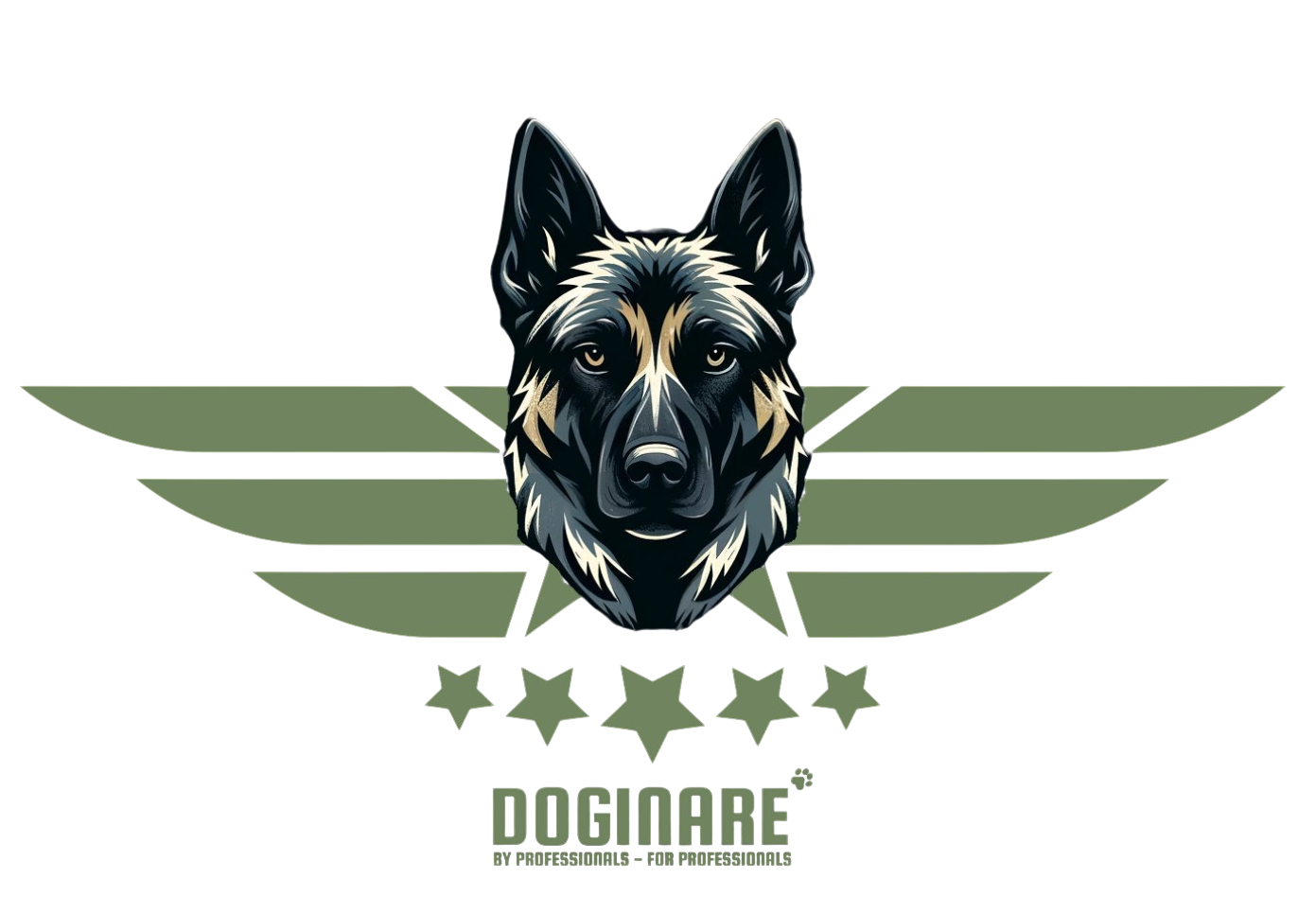You are looking for a professional training opportunity in the area of K9 working dogs?
Premium Edition: Modern K9 Training for Police, Military & Protection Dogs
Professional eBook / PDF – Now available in the DOGINARE Shop
👉 https://elopage.com/s/DOGINARE-DHF-SHOP/modern-k9-training-for-police-military-protection
🐶 Who is this book for?
-
Are you looking for professional training opportunities in the field of working K9 dogs?
-
Are you stuck in your dog’s training progress?
-
Are you a professional dog handler or want to become one?
-
Are you interested in modern K9 training based on scientific principles?
-
Do you want to make a living working with K9 dogs?
Then this Premium Edition is exactly what you need.
🔍 Topics & Key Focus Areas (SEO-optimized & VG Wort compatible)
Fundamentals of K9 Work
-
The nature and requirements of modern working dogs
-
Selection criteria and purchase testing
-
The DOGINARE 6-phase training method
-
The development of young dogs in protection work
Training Techniques & Protection Work
-
Protection work under realistic operational conditions
-
Civil sharpness, muzzle training and no use of electricity
-
Recognizing and respecting physical limits
-
Correction of overexcited or unbalanced dogs
Scent, Detection Behavior & Nose Work
-
Basics of human scent
-
Odor conditioning: Real substances vs. odor carriers
-
Chemistry of scent & environmental influences
-
Operational areas for detection dogs (drugs, explosives, search and rescue)
Behavior, Stress & Biology
-
Isolation and sensory overload
-
Recognizing stress signals (physical & psychological)
-
Learning effects & memory in dogs
-
Behavioral types, stereotypical behavior, oral fixation
Practice & Teamwork
-
Building a K9 team with psychobiological insight
-
Play behavior in training
-
Realistic training scenarios
-
Practical guide for daily routines, operations, and exams
Bonus: Science Meets Fieldwork
-
Linking cynological studies with hands-on training
-
Over 30 years of police and training experience
-
Bonus: Access to the official DOGINARE K9 handler online course
📚 Why this book?
In a world full of half-truths, social media myths and questionable training hacks, this book delivers reliable knowledge, honest experience, and real-world insights. It is written for beginners, advanced handlers and professionals in security services, law enforcement or the private sector.
Many readers report a real „aha moment“—finally understanding their dogs and being able to support them in a targeted way.
✉️ Order now & get started:
Download the Premium Edition as PDF/eBook in the official shop:
👉 https://elopage.com/s/DOGINARE-DHF-SHOP/modern-k9-training-for-police-military-protection
🔎 Search-Engine Optimized Keywords (VG Wort & SEO):
K9 training, working dogs, protection dogs, detection dogs, scent conditioning, dog psychology, dog behavior, police dog training, explosive detection dogs, narcotics dogs, stress in dogs, protection training without e-collar, muzzle work, handler training, dog book, service dogs, scientific dog training, real-world K9 methods, DOGINARE system, professional dog handler, modern working dogs
Karl-Heinz Klöpper
Author | Explosives Expert | Retired Service Dog Handler
Founder of the DOGINARE Method

0 comments